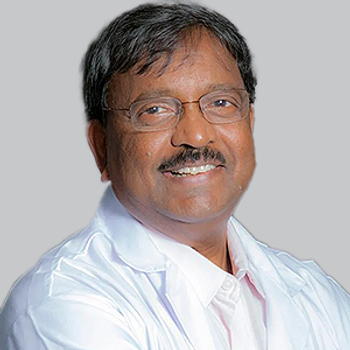
Revisiting Deep Brain Stimulation in a Pediatric-Onset Dystonia Case: Pamela Zeilman, NP
The nurse practitioner in the Center for Movement Disorders & Neurorestoration at the University of Florida discussed a complex case of childhood-onset dystonia treated with DBS. [WATCH TIME: 6 minutes]
WATCH TIME: 6 minutes
"[It’s] a great case to present because it shows both the loss and benefit that we sometimes see as these kids transition into adulthood and have some changes in their phenomenology. Then, [you see how we can] rescue them with another surgery. Many of these patients, we don’t have to rescue with another surgery, but it’s just a good case to highlight how you would problem-solve those types of scenarios."
Deep brain stimulation (DBS) has been considered an important therapeutic innovation over the last few decades for patients with movement disorders including Parkinson disease (PD), dystonia, and tremor. In comparison with traditional treatment alone, previous studies have shown significant improvements in motor, nonmotor, and particularly quality-of-life outcomes for patients with advanced PD that could not be improved with medication, and also for patients with PD who had only early fluctuations.1 Additional research suggests the potential for a more pathophysiology-based approach to DBS for various brain circuit disorders like movement disorders.
At the recently concluded 4th Annual
Following the session, Zeilman sat down to have a deeper conversation with NeurologyLive® about the case review she presented at the Congress. In the interview, Zeilman spoke about the first case she presented, which covered a young patient with early-onset isolated dystonia who underwent early DBS. She noted that although the patient initially experienced significant improvement, a gradual loss of benefit was observed as the child grew older. After a revision surgery, she explained that the patient had near-complete suppression of symptoms, highlighting the value of individualized, team-based decision-making in complex DBS cases.
REFERENCES
1. Krack P, Volkmann J, Tinkhauser G, Deuschl G. Deep Brain Stimulation in Movement Disorders: From Experimental Surgery to Evidence-Based Therapy. Mov Disord. 2019;34(12):1795-1810. doi:10.1002/mds.27860
2. Zeilman P, Amjad F. DBS Advanced Techniques Case Review. Presented at: ATMRD; June 27-30, 2025; Washington, DC.
Newsletter
Keep your finger on the pulse of neurology—subscribe to NeurologyLive for expert interviews, new data, and breakthrough treatment updates.


































